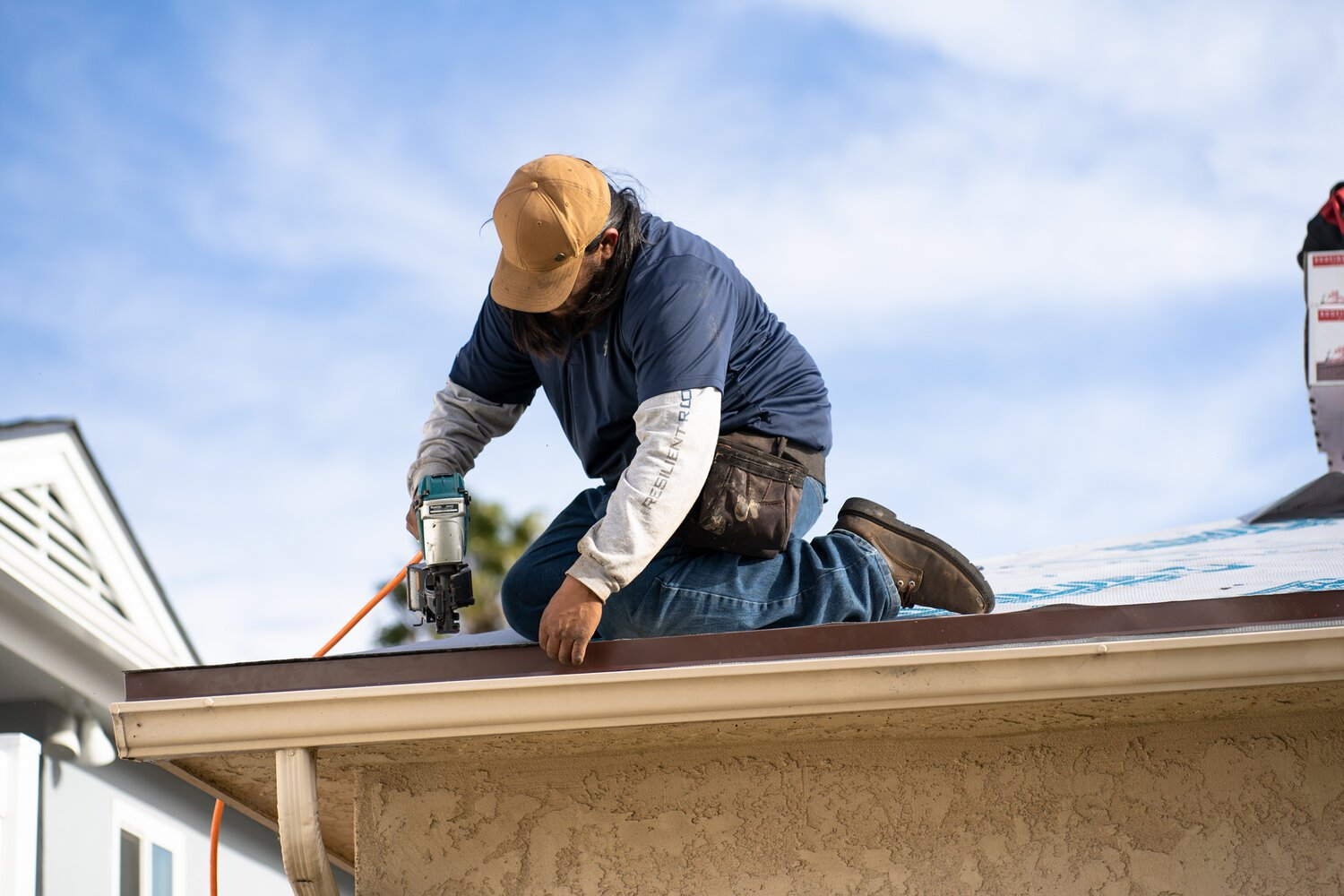The Role of Roof Ventilation in Preventing Repairs: What Homeowners Should Know

Roof ventilation plays a critical role in maintaining the overall health of a home’s structure. While often overlooked, proper ventilation prevents moisture buildup, regulates temperature, and extends the life of the roof. Homeowners who understand how ventilation works can take proactive steps to avoid costly repairs and maintain a comfortable indoor environment.
How Roof Ventilation Works
Roof ventilation is designed to allow air to flow in and out of the attic or roof space. The system typically consists of intake vents, which bring fresh air into the attic, and exhaust vents, which allow warm, humid air to escape. This continuous movement of air helps to regulate temperature and reduce moisture accumulation, both of which are essential for the longevity of the roof and the overall structure of the home.
Without adequate ventilation, attics can trap heat and moisture, leading to a range of problems such as mold growth, wood rot, and premature aging of roofing materials. This is particularly crucial in areas with extreme weather conditions, where temperature fluctuations can put additional stress on the roof.
Preventing Moisture Damage
One of the biggest threats to a roof’s durability is excess moisture. When warm air from the living space rises into the attic, it can condense on cooler surfaces, leading to damp conditions that promote mold and mildew growth. Over time, this moisture can weaken wooden support structures, damage insulation, and even cause leaks.
A well-ventilated roof helps to keep moisture levels in check by allowing humid air to escape before it condenses. This is especially important in regions with high humidity, where excess moisture can lead to costly structural repairs if left unchecked.

Reducing Heat Buildup
During the summer, attic temperatures can soar if there is insufficient ventilation. This trapped heat can make air conditioning systems work harder, increasing energy costs. Moreover, excessive heat can cause roofing materials to deteriorate prematurely, leading to cracks, warping, and shingle damage.
Proper ventilation ensures that hot air escapes, preventing temperature spikes that could damage both the roof and the home’s interior. By keeping attic temperatures balanced, homeowners can improve energy efficiency while extending the lifespan of their roofing materials.
Preventing Ice Dams in Winter
In colder climates, ice dams are a common problem caused by improper roof ventilation. When warm air from the attic melts the snow on the roof, the water runs down and refreezes near the eaves, creating a barrier that traps additional water. This trapped water can then seep under shingles and cause leaks.
By allowing cool air to circulate through the attic, roof ventilation helps to keep the roof’s surface temperature even, reducing the likelihood of ice dam formation. This prevents water damage and protects the integrity of the roofing system throughout the winter months.

Prolonging Roof Longevity
Roofs are a significant investment, and homeowners naturally want them to last as long as possible. Proper ventilation plays a major role in preserving the condition of roofing materials by reducing temperature extremes and minimizing moisture-related damage.
Shingles, wood, and insulation can all degrade more quickly when exposed to excessive heat or humidity. By maintaining a well-ventilated roof, homeowners can avoid premature wear and tear, reducing the need for frequent repairs and replacements.
Signs of Poor Roof Ventilation
Understanding the warning signs of inadequate ventilation can help homeowners take action before serious damage occurs. Common indicators include excessive attic heat, noticeable mold or mildew, condensation on attic surfaces, and an increase in energy bills. Additionally, if shingles appear to be curling or deteriorating faster than expected, poor ventilation may be a contributing factor.
Regular roof inspections can help identify ventilation issues early, allowing for timely adjustments before they lead to more significant problems.
Choosing the Right Ventilation System
Different types of roof ventilation systems are available, and the right choice depends on the home’s design, climate, and roofing materials. Passive ventilation systems, such as ridge vents and soffit vents, use natural airflow to regulate attic temperatures. Active ventilation systems, including powered attic fans and turbine vents, provide additional airflow support for homes in areas with high humidity or extreme temperatures.
Consulting with a roofing professional can help homeowners determine the best ventilation setup for their specific needs, ensuring long-term protection for their home.
